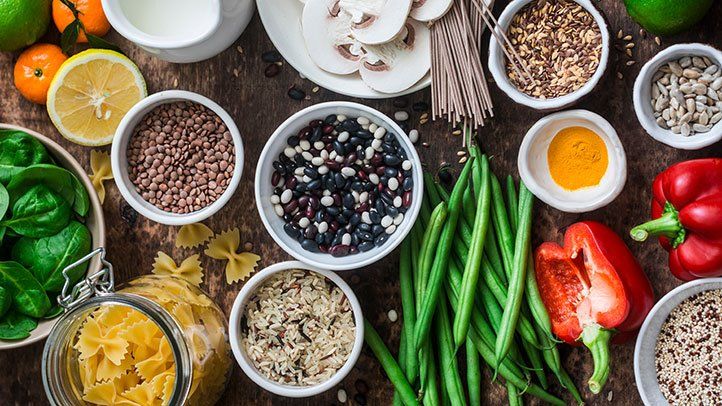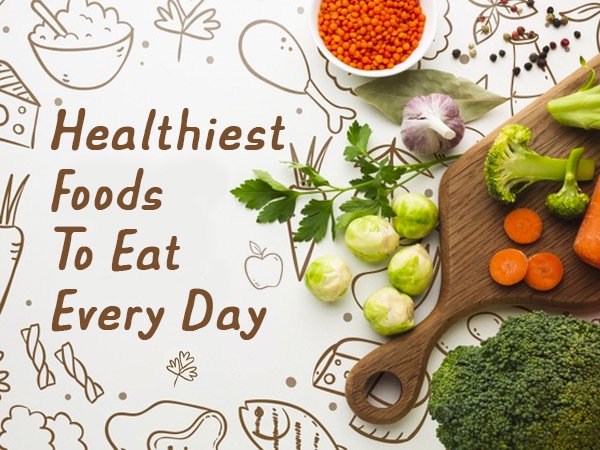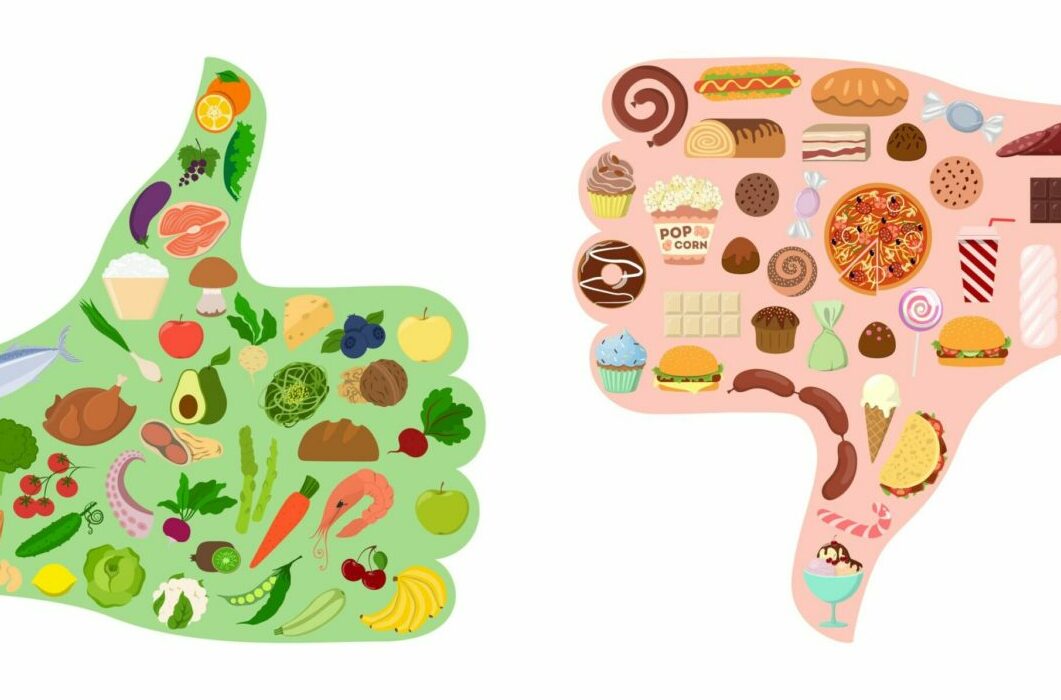
A diet rich in fruits and vegetables can help reduce inflammation. You should eat at least nine servings of these foods each day. Fresh fruits should be eaten, especially those that are high in antioxidants (such as strawberries). Whole grains are also essential, but limit rice noodles to a couple of times a week. Baking flour does not count as an anti-inflammatory diet. These foods will make you feel more energetic and reduce inflammation.
When choosing a diet that promotes good health, try to eat a diet rich in green leafy vegetables. This will increase your intake and fight inflammation. Or, you could opt for organic meats or dairy products. And for the dietary fats, opt for fish oil or omega flax oils. For hydration, make sure to drink eight glasses of water every day.
Consuming whole foods is another good way to fight inflammation. You should eat foods that contain no added sugar. Fruits and veggies are the best choices. Healthy diets include low-fat dairy products and nuts, seeds, oil, and olive oils. For flavoring your food, herbs and spices are also a great option. Your body could be reduced by adding vitamin E and antioxidants.

Although there is no cure to inflammation, there are certain things you can do that will reduce your chance of getting it. A healthy diet should include plenty of fresh fruits and vegetables, and try to avoid processed foods and sugary foods. It is also important to include some fatty fish and coconut oil in your diet. You'll be healthier, and less susceptible to inflammation, if you eat these foods. EverlyWell's vitamin and high sensitivity CRP testing kits can help you incorporate more anti-inflammatory food into your diet.
While there aren't any scientific studies supporting this argument, there are strong indications that inflammation reduction is a good idea in many situations. It can prevent the development of chronic diseases like cancer or heart disease. Inflammation is an inherent part of our bodies. It is a normal, healthy reaction that protects us from injury. Inflammation can be reduced by changing your diet. By following the guidelines in this article, you can reduce the risk of chronic diseases.
Your health depends on the foods you choose to eat. Onions are high in quercetin which is a substance that reduces histamine production. Anthocyanins in berry products can reduce inflammation. Even though this isn’t an antiinflammatory diet, you can opt for foods high in flavones as well as other anti-inflammatory ingredients. Include whole grains, berries and fruits in your diet.
The inflammatory process has several causes. Chronic inflammation is caused by many factors including excess weight, poor sleep and pollution. Drinking a balanced diet with plenty of water and anti-inflammatory foods will help reduce your risk for chronic inflammation. It is essential to eat a healthy diet in order to keep your body balanced. Your body will function normally if you include anti-inflammatory foods into your diet.

Inflammation can happen in many parts of your body. Chronic pain, ear infections, cancer, and other symptoms can all be caused by inflammation. Consuming foods high in polyphenols like blueberries and leafy vegetables is the best way to reduce inflammation. These anti-inflammatory compounds may also protect your health. A healthy diet, along with adequate sleep, can help you improve your health.
Chronic inflammation is often caused by chronic inflammation. Chronic inflammation is a major factor in many chronic health conditions. Although inflammation is a natural bodily reaction to injury, it can lead to many problems. For instance, a diet high in refined carbohydrates can contribute to inflammation. Some foods, such as soda, can be harmful to the body. They can cause joint pain, fatigue, and other symptoms. They can also promote the development of cancer and cardiovascular diseases.
FAQ
Does being cold give you a weak immune system?
Being cold gives you a weaker immune system because when you are cold, your body produces less white blood cells which fight infections. However, being cold also makes you feel better because your body releases endorphins into your brain which reduce pain.
What are the 10 best foods to eat?
These are the 10 best foods you can eat:
-
Avocados
-
Berries
-
Broccoli
-
Cauliflower
-
Eggs
-
Fish
-
Grains
-
Nuts
-
Oats
-
Salmon
How often should i exercise?
It is important to exercise for a healthy lifestyle. But, you don't need to spend a specific amount of time exercising. The key is finding something you enjoy and stick with it.
When you exercise three times per week, aim for 20-30 minutes moderate intensity. Moderate intensity means that you will still be working hard even after your workout is over. This type works out burns around 300 calories.
Walk for at least 10 minutes four days a weeks if you prefer walking. Walking is low-impact, easy on your joints, and it's also very gentle.
Jogging for 15 minutes three days a week is a good option if you prefer to run. Running can help you burn calories and to tone your muscles.
If you're not used to exercising, start slowly. Begin with 5 minutes of cardio every other day. Gradually increase the duration until you reach your goal.
What's the difference between a calorie and kilocalorie?
Calories refer to units that are used for measuring the energy in food. Calories are the unit of measurement. One calorie is equal to one degree Celsius in energy.
Kilocalories refer to calories in another term. Kilocalories can be measured in thousandsths of one calorie. For example, 1000 calories equals one kilocalorie.
Do I need to count calories?
It is possible to wonder "What diet is best for me?" or "is counting calories necessary?" This depends on your health and lifestyle.
The Best Diet - Which One Is Right To You?
The best diet for me depends on my current health status, my personal goals, my preferences, and my overall lifestyle. There are many options, both good and bad. Some are better for certain people than others. What should I do? How can I make the best decision?
These are the questions that this article attempts to answer. It begins with an overview of the different diets today. After that, you will learn about the pros and disadvantages of each type. Finally, we'll discuss which one is best.
Let's start by taking a look at the various types of diets.
Diet Types
There are three types of diets available: ketogenic, high-protein, and low fat. Let's talk about them briefly.
Low Fat Diets
A low fat diet means a diet that reduces the intake of fats. This is done by reducing your intake of saturated oils (butter, cream cheeses, etc.). They are replaced by unsaturated fats such as avocados, olive oil, and cream cheese. A low fat diet is often recommended for those who want to lose weight quickly and easily. This kind of diet could cause problems like constipation or heartburn and indigestion. It can also lead to vitamin deficiencies, if someone doesn't get enough vitamins in their food.
High Protein Diets
High protein diets restrict carbohydrates in favor of proteins. These diets are more protein-rich than others. These diets are designed to build muscle mass and help you burn more calories. Unfortunately, they can't provide adequate nutrition for those who eat regularly. They are also very restrictive, so they might not be appropriate for everyone.
Ketogenic Diets
Ketogenic diets are also known as keto diets. They are high-fat and low in carbs and protein. Athletes and bodybuilders use them because they allow them more time and harder training without feeling fatigued. However, they must be used with caution to avoid nausea, headaches and fatigue.
Statistics
- WHO recommends consuming less than 5% of total energy intake for additional health benefits. (who.int)
- nutrients.[17]X Research sourceWhole grains to try include: 100% whole wheat pasta and bread, brown rice, whole grain oats, farro, millet, quinoa, and barley. (wikihow.com)
- According to the 2020 Dietary Guidelines for Americans, a balanced diet high in fruits and vegetables, lean protein, low-fat dairy and whole grains is needed for optimal energy. (mayoclinichealthsystem.org)
- In both adults and children, the intake of free sugars should be reduced to less than 10% of total energy intake. (who.int)
External Links
How To
27 Steps for a healthy lifestyle even if your family buys junk food
The most common way to eat healthy is to cook at home. However, this is often difficult because people do not know how to prepare healthy meals. This article will help you make healthier choices while dining out.
-
Consider eating at restaurants that serve healthy meals.
-
Before ordering meat dishes, order salads and other vegetables.
-
Ask for sauces that aren't sweetened.
-
Avoid fried items.
-
Grilled meats are better than fried.
-
Order dessert only if you absolutely need it.
-
After dinner, make sure you have something to eat.
-
Slowly chew and eat.
-
Eat water.
-
You should not skip breakfast or lunch.
-
Take fruit and vegetables along with every meal.
-
Drink milk rather than soda.
-
Try to avoid sugary drinks.
-
Limit salt in your diet
-
Limit the amount of time you eat at fast food restaurants.
-
Ask someone to join you if you cannot resist temptation.
-
Your children shouldn't watch too much television.
-
Turn off the television during meals.
-
Avoid energy drinks
-
Take frequent breaks from your job.
-
Exercise early in the morning.
-
Do some exercise every day.
-
Start small, and work your way up.
-
Set realistic goals.
-
Be patient.
-
Even if you don’t feel like exercising, make time for it.
-
Positive thinking is important.